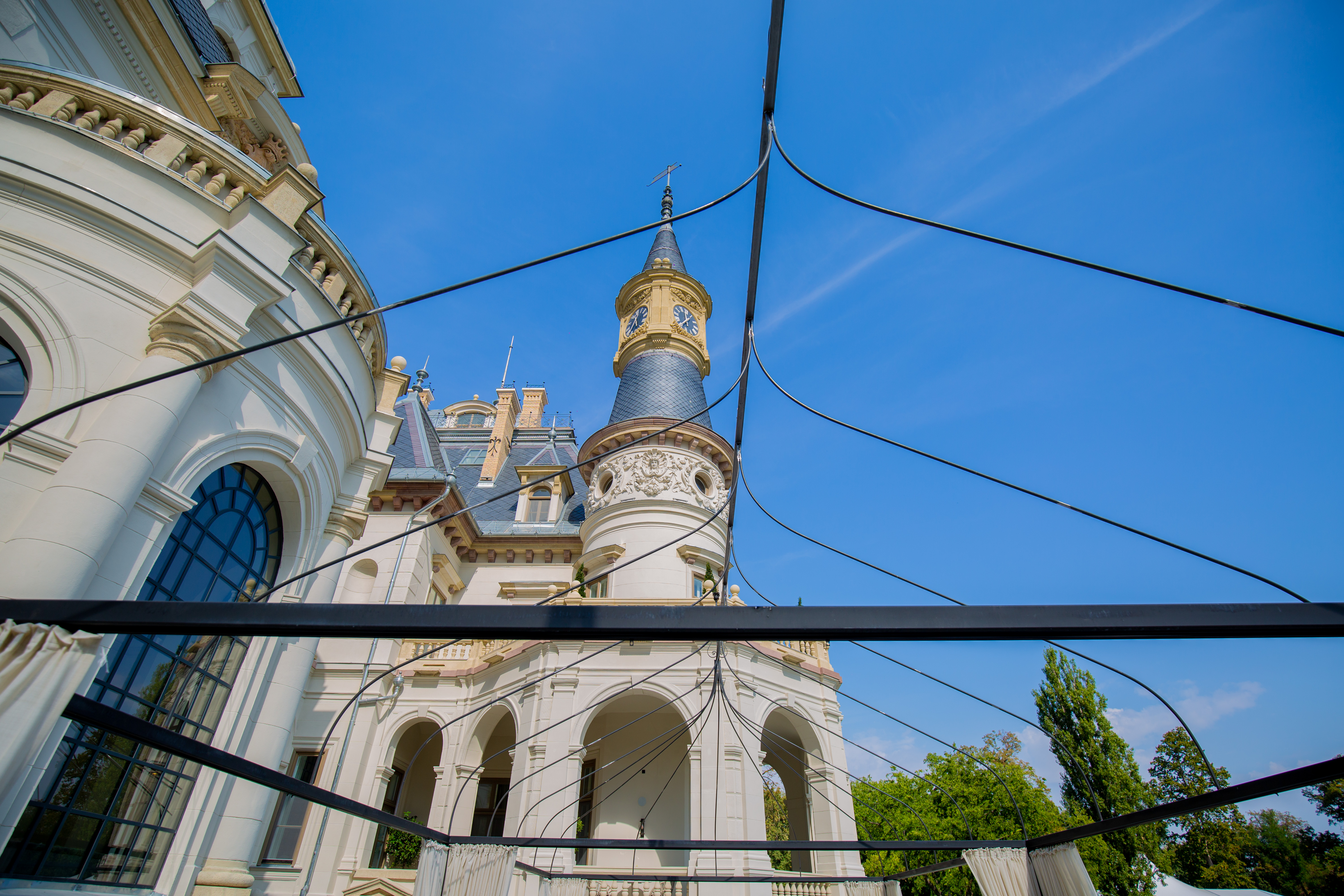Though neglected for decades, with pools of water on the cellar floors, a magnificent, towering structure marred by the iron teeth of time, Schossberger Castle was still open to the public until 2010. Many tourists came to the only attraction in Tura, an hour from Budapest and breathtaking in patches, all behind tattered plaster.
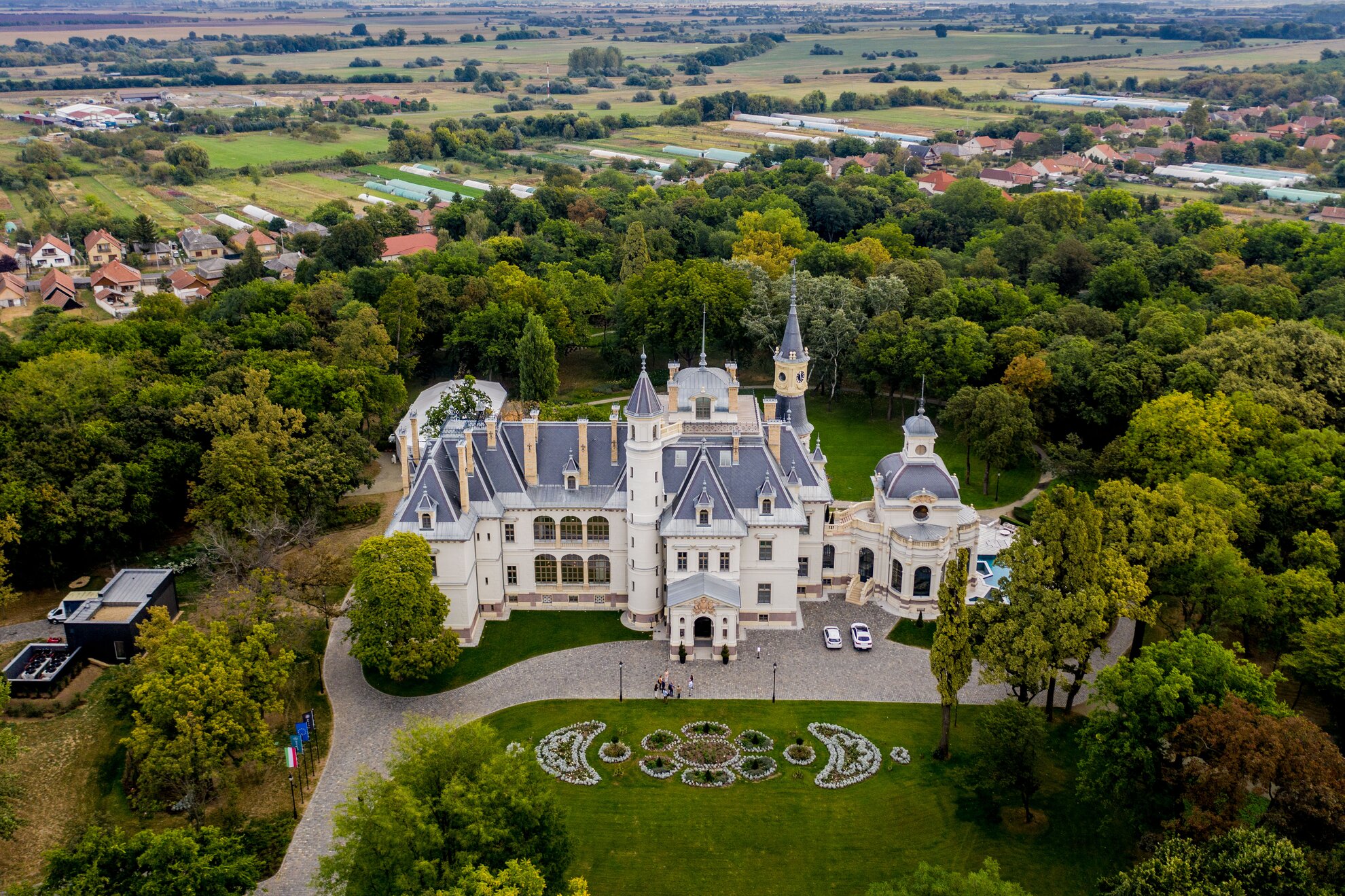
In October 2013, I was also lucky enough to see it myself. It was like the cursed castle of Sleeping Beauty, behind picturesque walls, echoing empty spaces, broken windows and ruined rooms came one after the other. In the Palm House, which then functioned as an events space, red velvet chairs were lined before a small stage, and pumpkin lanterns adorned its corners as a memento of a Halloween event.
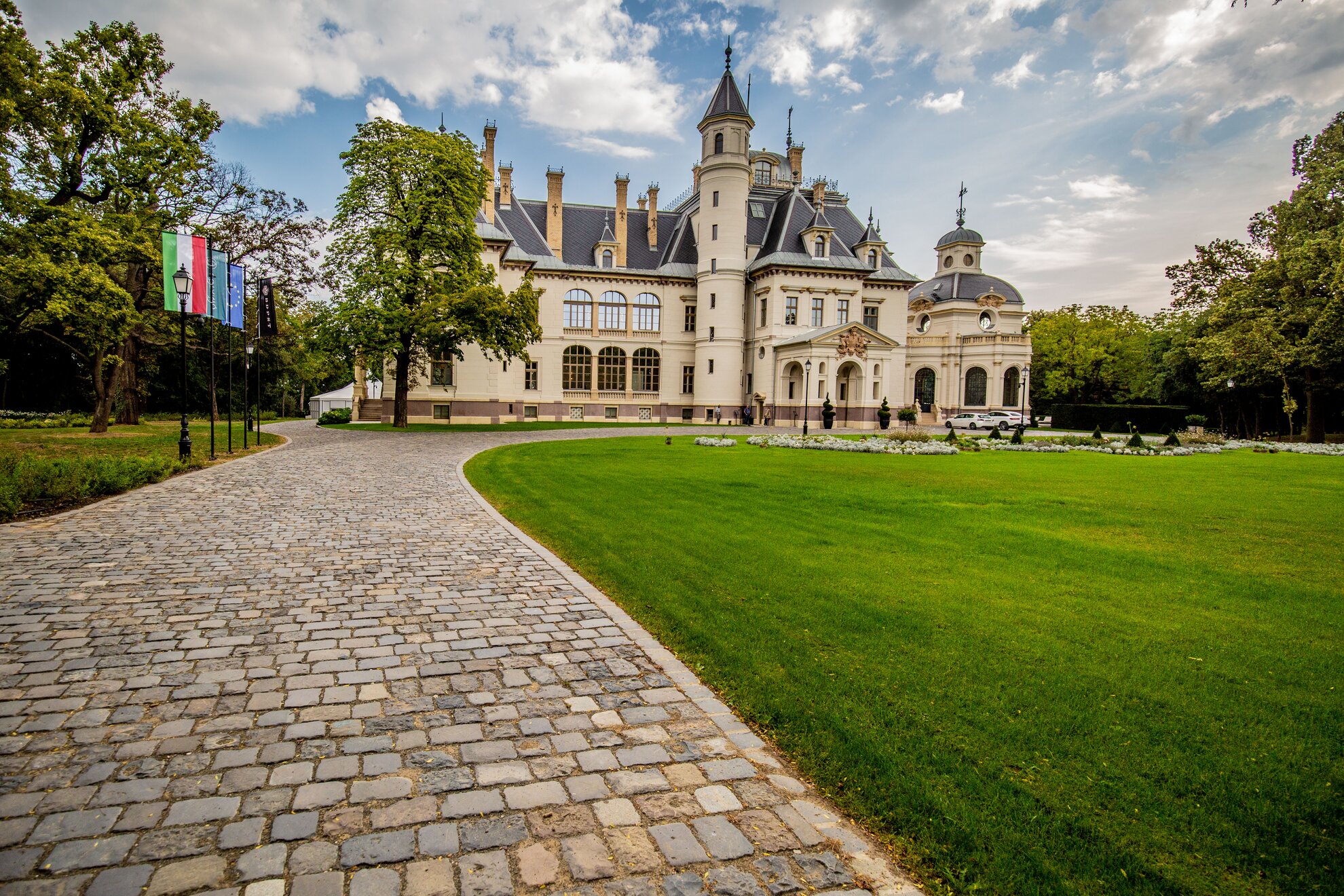
This haunted sideshow was enhanced by the surreal Angelina Jolie exhibition on the life of the star in the dim corridors, which commemorated the filming of some scenes from her film In the Land of Blood and Honey here two years earlier.
Despite bits collapsing around it, the castle also remained a visitor attraction thanks to its architecture, a rarity among its Hungarian counterparts, as conceived by its builder Zsigmond Schossberger and his designer, Gyula Bukovics.
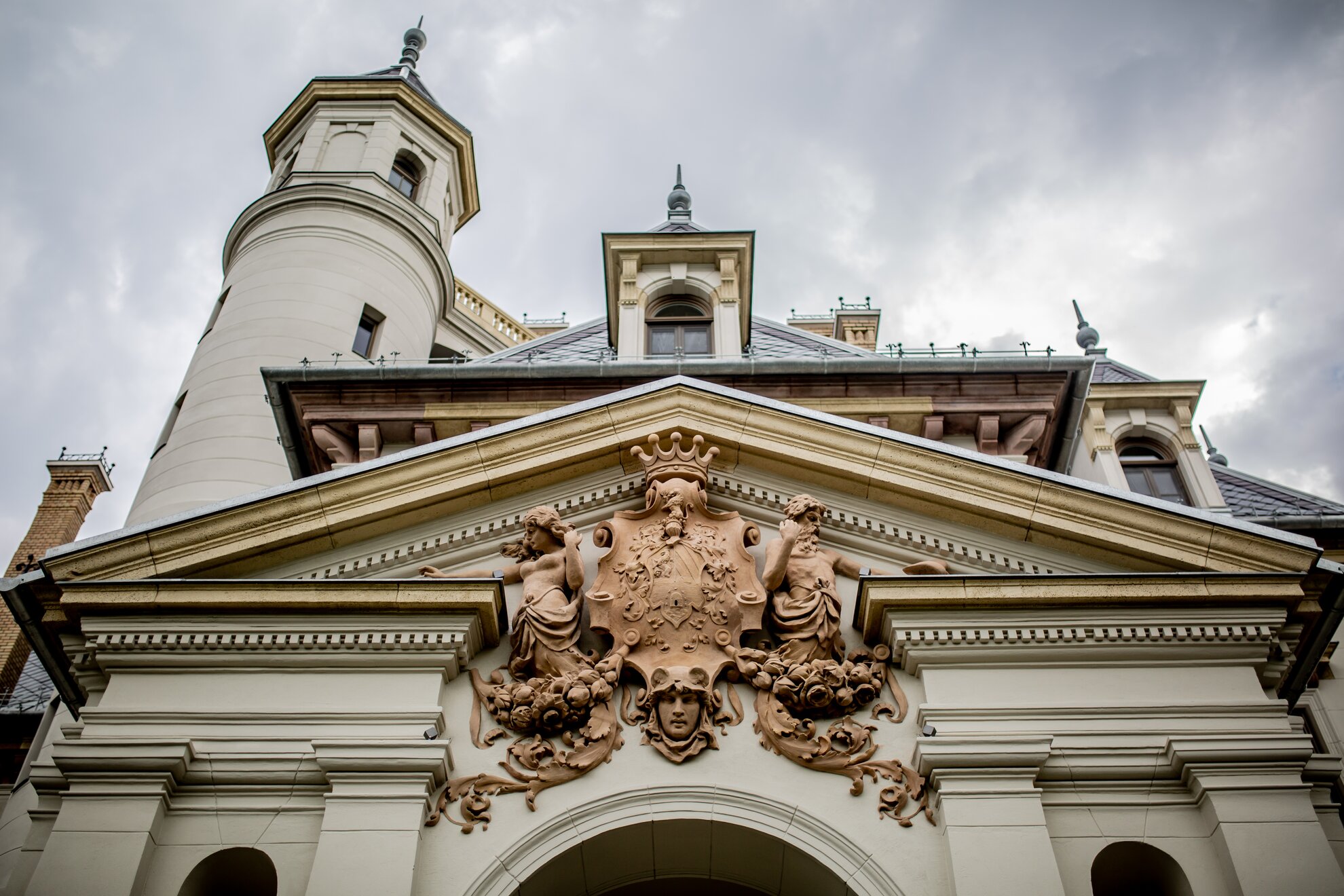
The Schossbergers began as tobacco merchants, but by the middle of the 19th century they had climbed the rungs to be among the very richest. Vilmos Simon Schossberger founded the property, and in 1863 he also received a noble title from Franz Joseph. Their coat of arms decorated with a lion holding a bouquet of tobacco leaves and a beehive symbolising diligence can still be seen above the main entrance.
Following in the footsteps of his father, the ambitious Zsigmond Schossberger, Vilmos continued to move up the social ladder, and in 1890 he was awarded the title of baron, available to other prominent Jewish citizens.
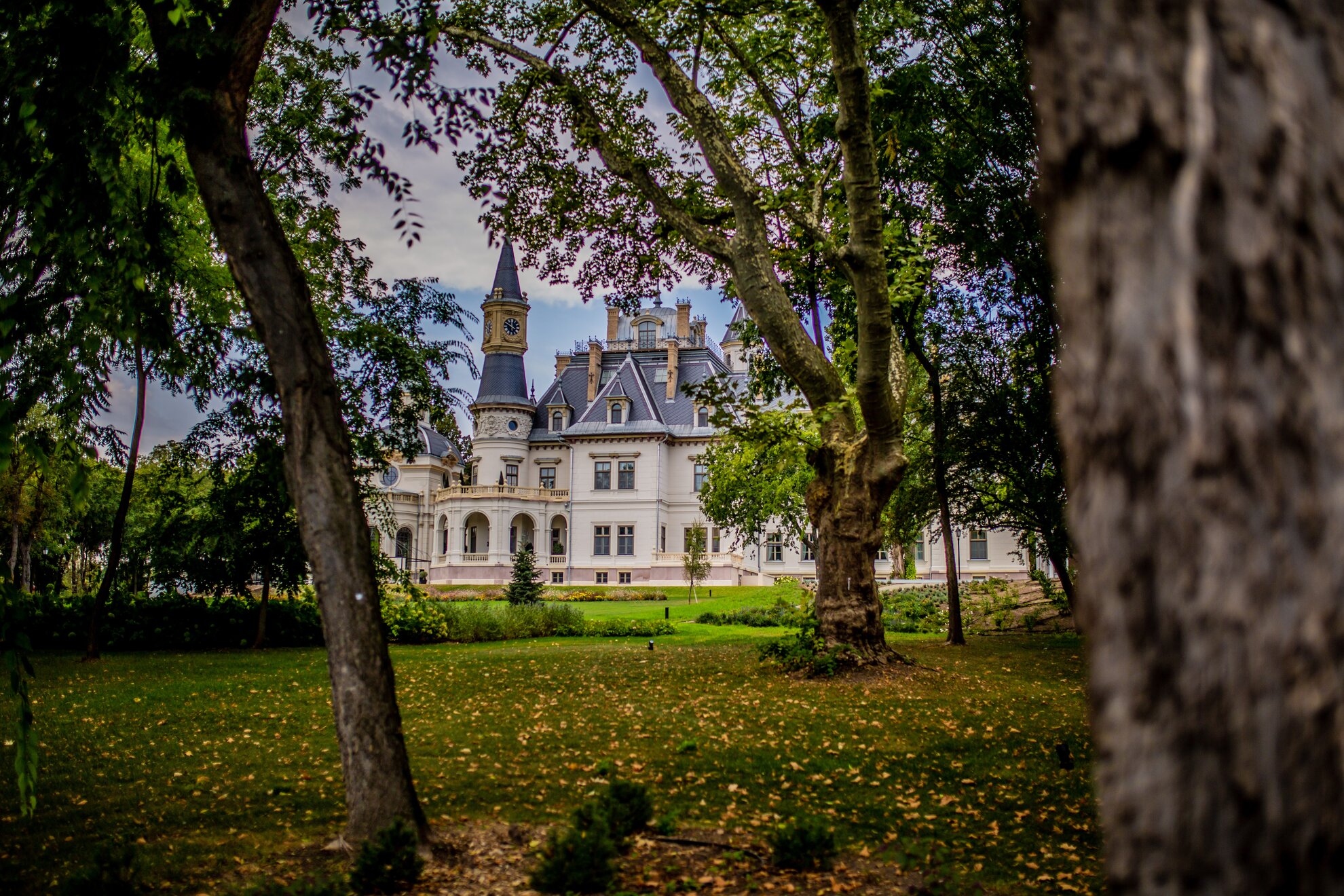
He wanted to build a fashionable summer house worthy of his status and based on a foreign example: the castle of the wealthy Rothschilds, whose Halton House in Buckinghamshire was used as a film set for Downtown Abbey, Poirot and The King’s Speech.
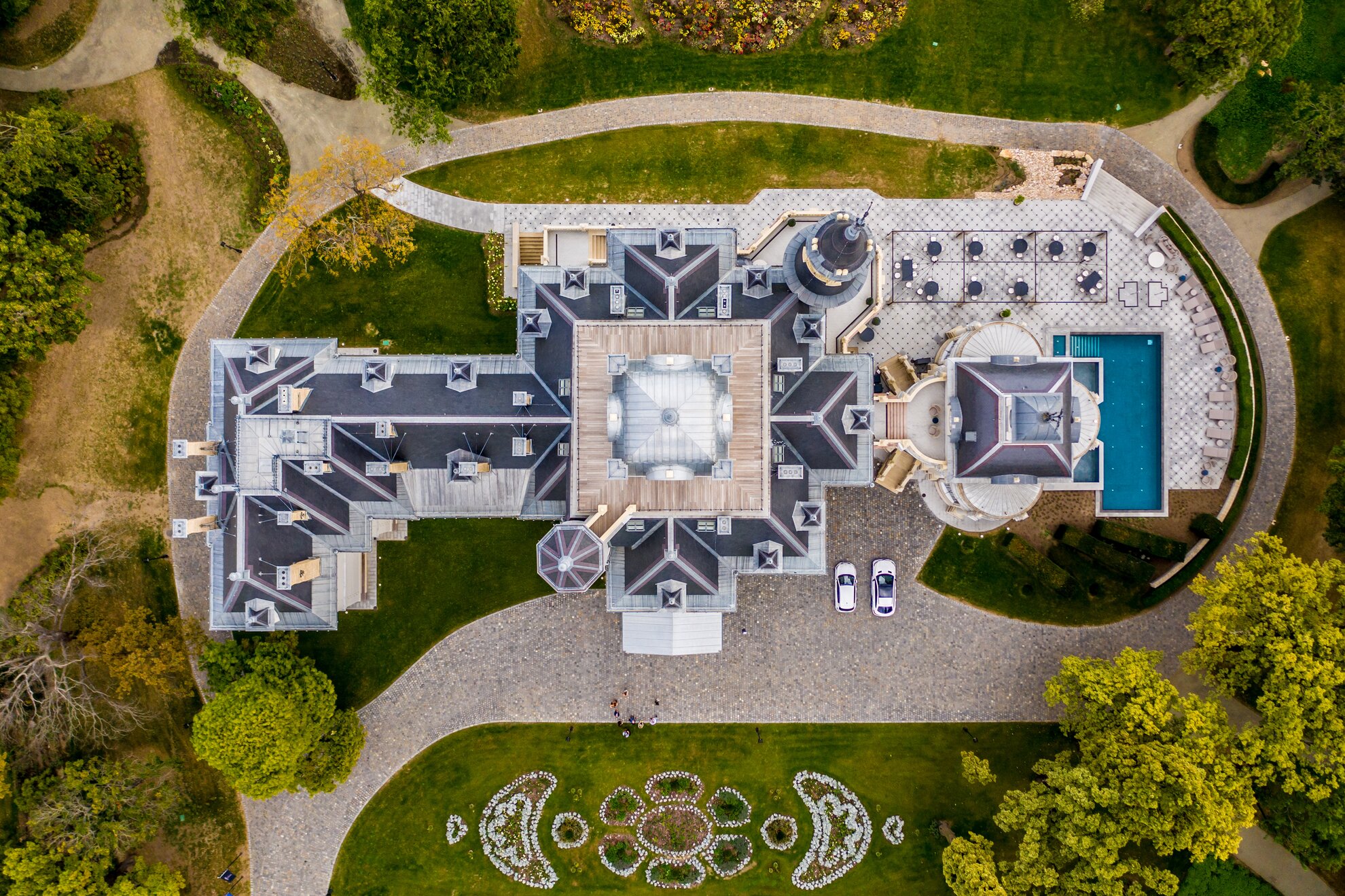
As the wind flag of the northern tower indicates here today, the Neo-Renaissance-style castle with its tower and chimney, built on the Tura estate purchased from the Esterházy family, was built in 1883, with the neater palm house and winter garden redolent of the Italian Renaissance to one side.
When describing the scene, travelogues tend to wax lyrical about the châteaux of the Loire. The slate roof tiles were bought from a quarry in France, and it is commendable that the new one were sourced from the same place during the renovation.
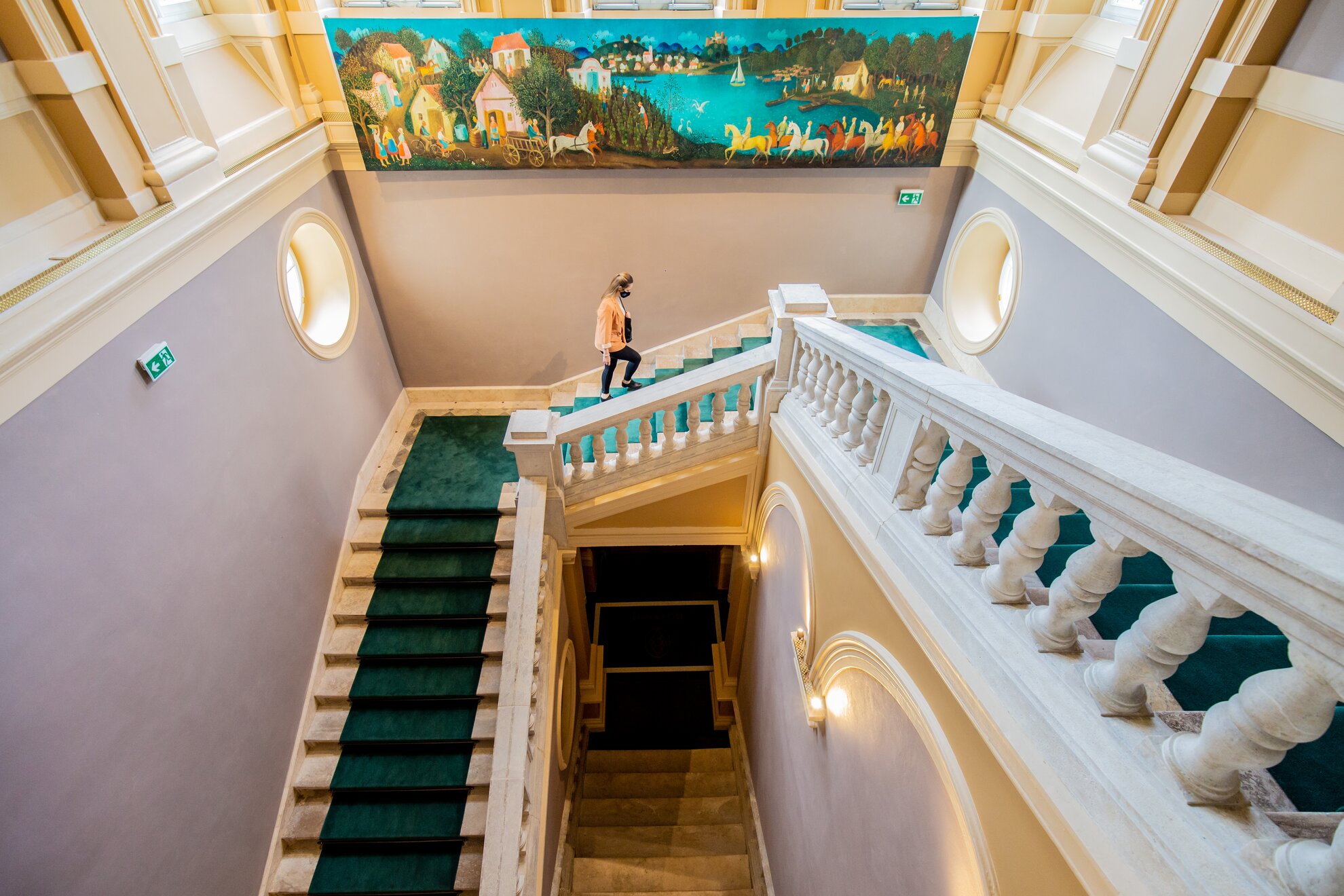
The designer of the building is now Gyula Bukovics, who can list villas on Andrássy út and the Ministry of Agriculture on Kossuth tér on his CV. He is working in the footsteps of the great Miklós Ybl of Opera House fame, who was employed as an office manager here.
For a long time, the castle was even considered to have been designed by Ybl himself, underlined by the fact that the interior decorative paintings were created by Róbert Scholtz, whose work at the Opera House also shines. His descendants only cleared up the misunderstanding a few years ago.
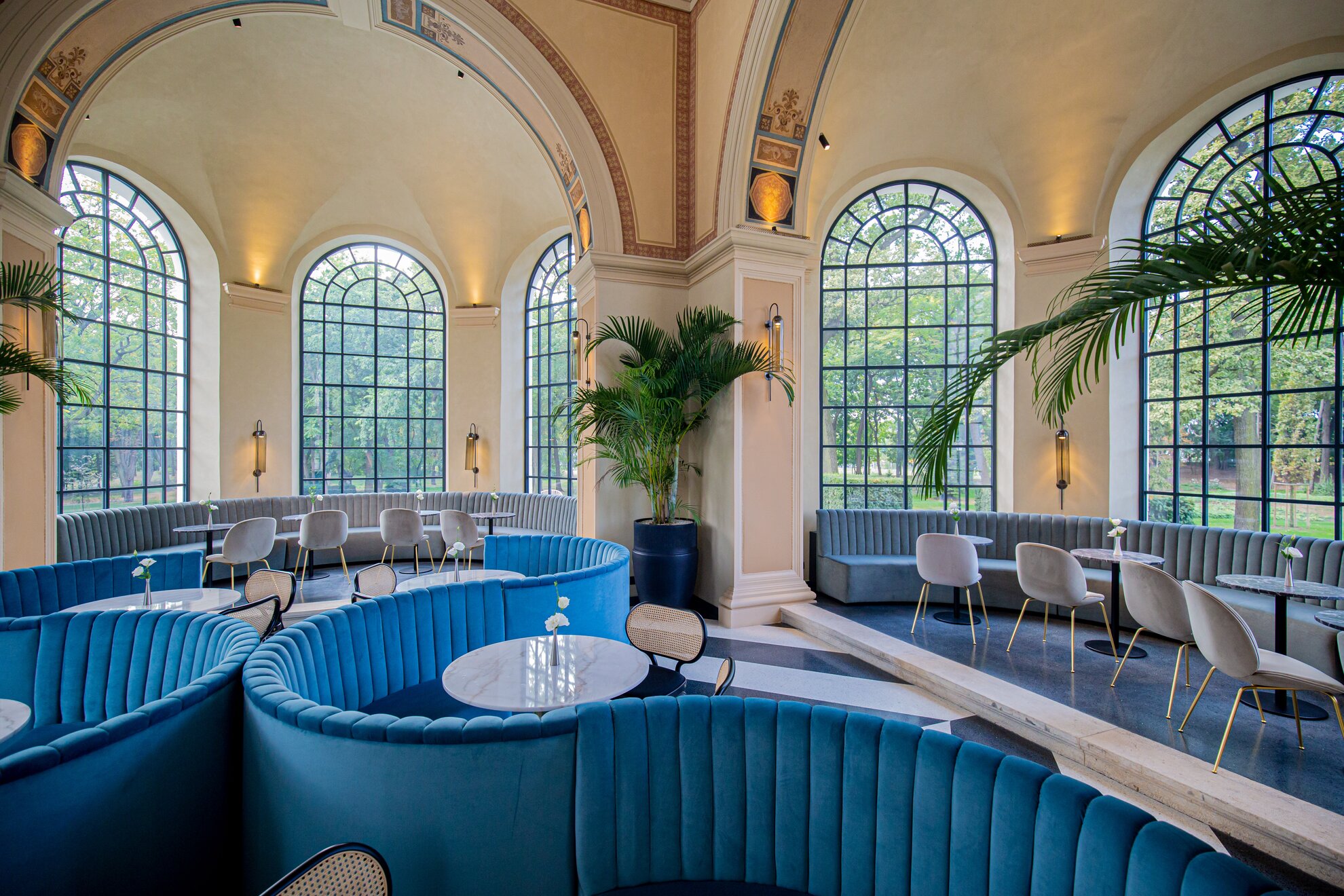
Behind the historic look was an extremely modern home: central heating, electricity, a food elevator and plumbing. It was a state-of-the-art achievement of its time that a 30-centimetre air gap between the walls was also designed for insulation and, from above, mirrored light traps illuminated the lower, darker parts of the building.
All this comfort could only be enjoyed by the Schossbergers for a few decades. The family did not leave the Jewish faith when they took their noble title and, after World War II, their history here ended sadly. One of Zsigmond’s grandchildren, Viktor Schossberger, died in doing hard labour, while his sister Klára fled to England.
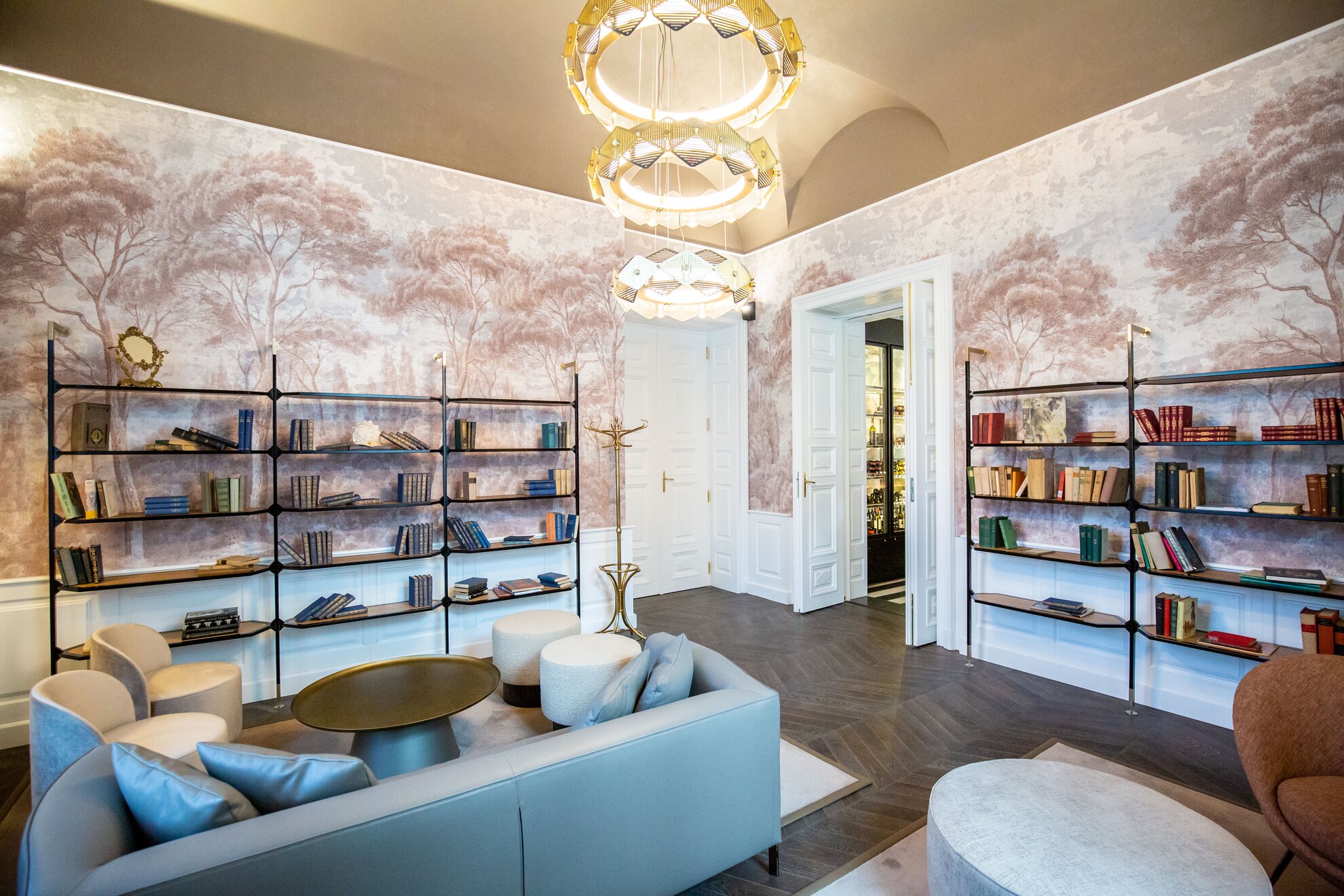
After 1944, the castle housed a Russian military headquarters and hospital, then, until 1974, a primary school. Talk arose of its demolition, but then publishers Lapkiadó finally took possession. It was bought in the early 1990s by a mysterious Indian investor who then left the monument and its deteriorating condition to their fate.
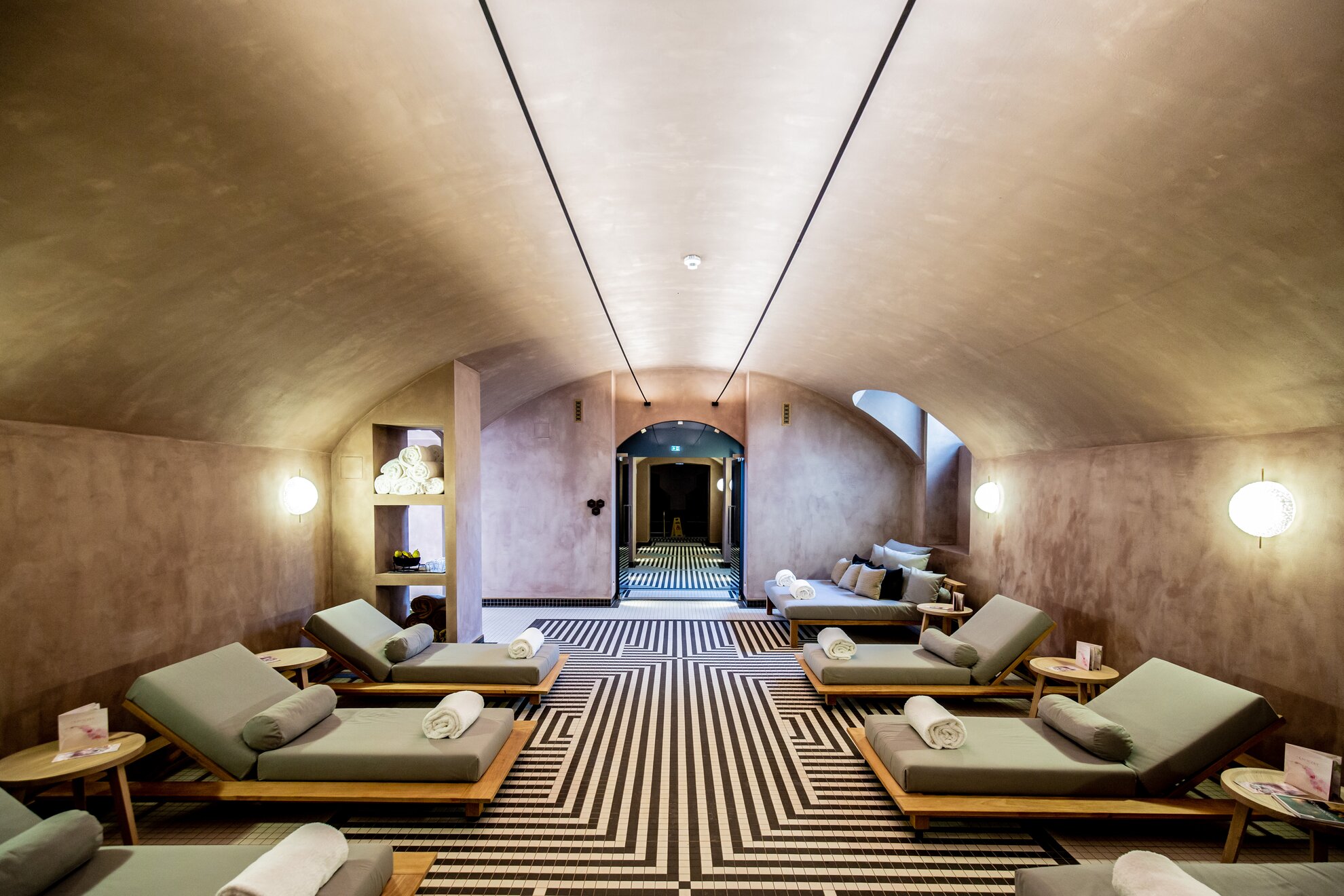
The castle was again in the spotlight in 2015, mostly for political reasons, due to its new owners, the BDPST Group, being linked to the Prime Minister’s son-in-law. They in turn undertook a complete refurbishment of the building and its listed park.
During the 30-month exterior and interior renovation, one of the most serious tasks was to remove the groundwater and insulate the cellar, earmarked for the hotel spa. The whole roof structure had to be demolished and rebuilt, including the 20 chimneys on the verge of collapse, remade from brick by brick.
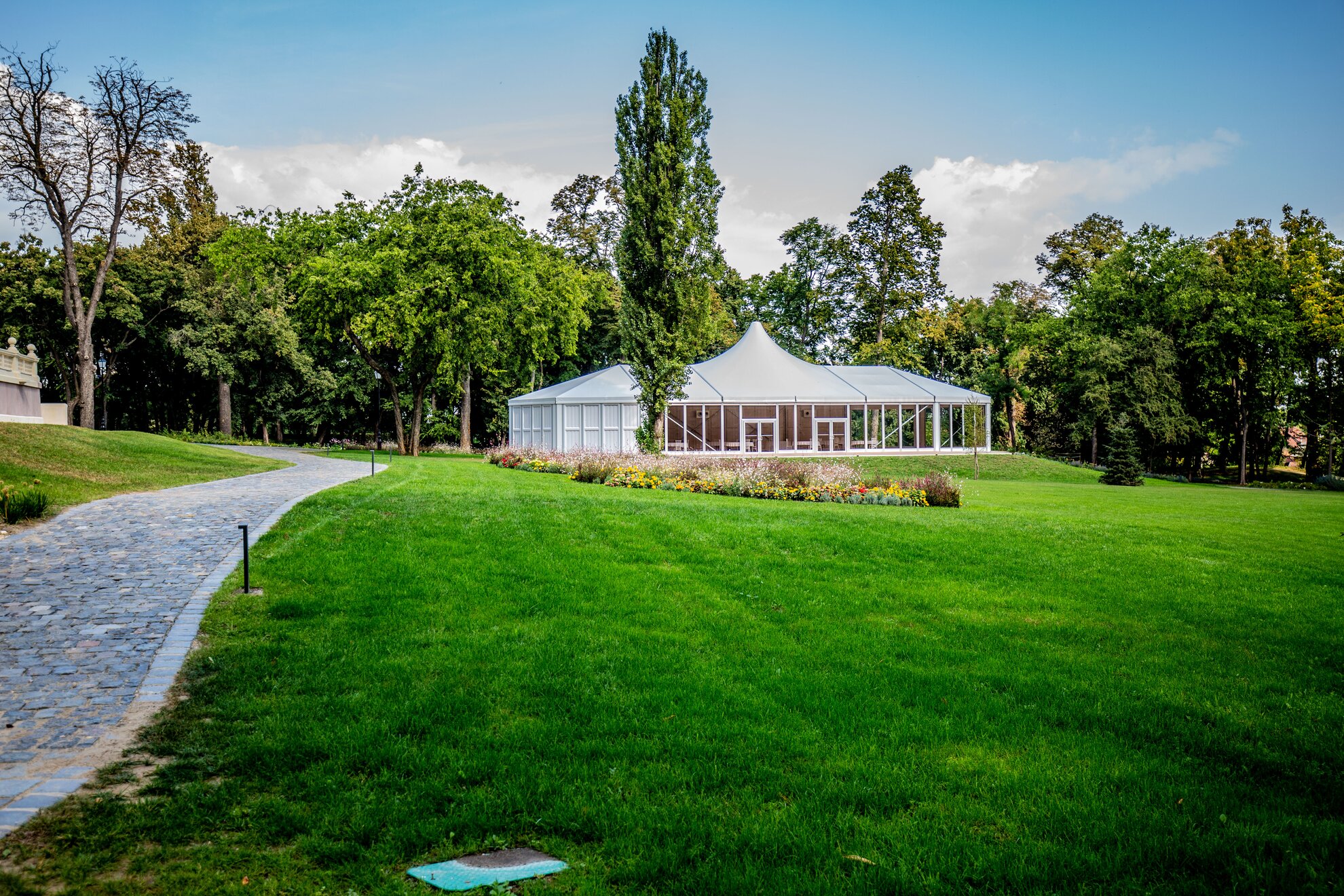
The castle is now a luxury boutique hotel, promising exclusivity and seclusion. Zoltán Csetnegi, the director of the BOTANIQ Tura Castle, said at the entrance to the building that in order for the castle to be economically viable with only 19 rooms, great emphasis should be placed on events.
A marquee has been erected in the park, the castle itself being quite divided up, with no single area large enough to hold major conferences. The salons on the ground floor are modest, housing the library and lounge, while the rechristened ballroom, previously divided into different offices and halls, is still lacking in size.
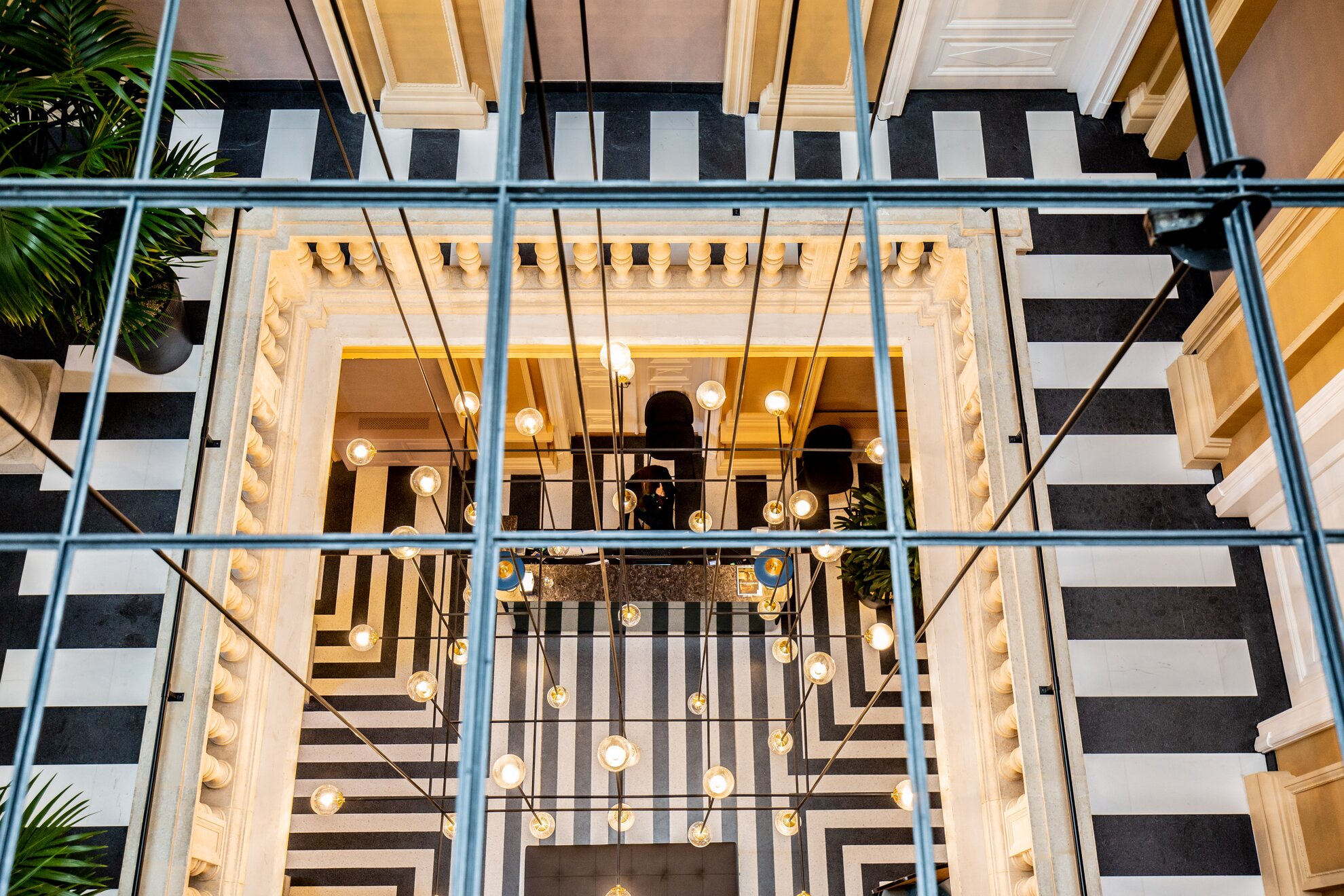
The building had to be expanded so that 90% of the castle area was guest rooms. Service rooms supplying the infrastructure were placed underground across 500 square metres, in the area next to the ballroom terrace. Due to the heritage regulations, the size and layout of the rooms is quite varied. On the second floor, for example, the ceiling height is much lower and there is a room with a small boudoir connected to the clock tower (though the exact time shown comes via satellite).
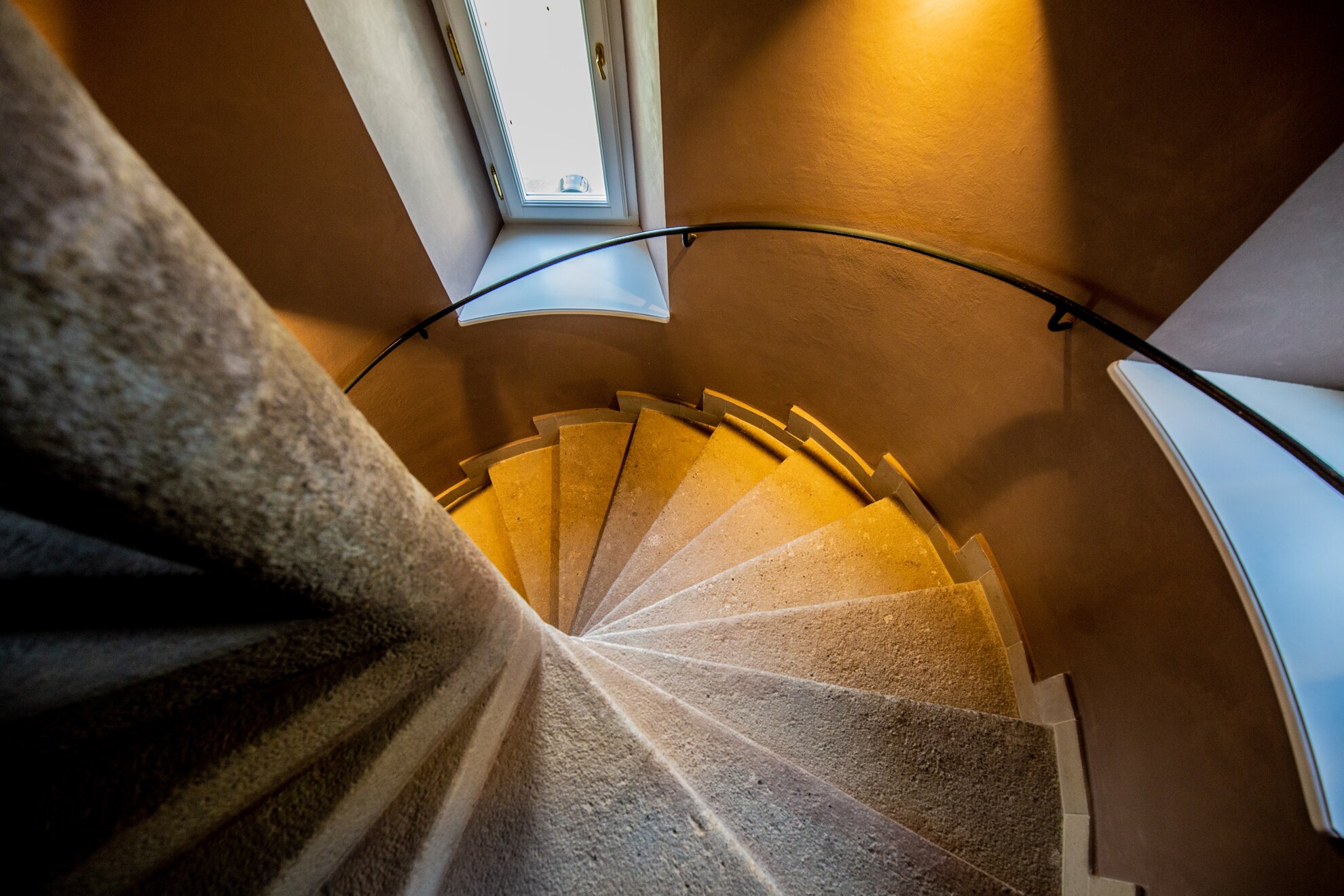
As it rises from the basement, the salt chamber fits into the column of the clock tower, with a cigar room and a meeting space on the first floor. Throughout the castle, Scholtz’s paintings and other decorative elements have been reconstructed, the railings and arches recreated in limestone from Süttő and Sóskút, and the original stairs refashioned thanks to a stone restorer. At a small bend in the stairs, the original cement stone has been left for show, otherwise the ground-floor spaces and corridors were given precast terrazzo cladding, sadly the black-and-white originals no longer in workable condition.
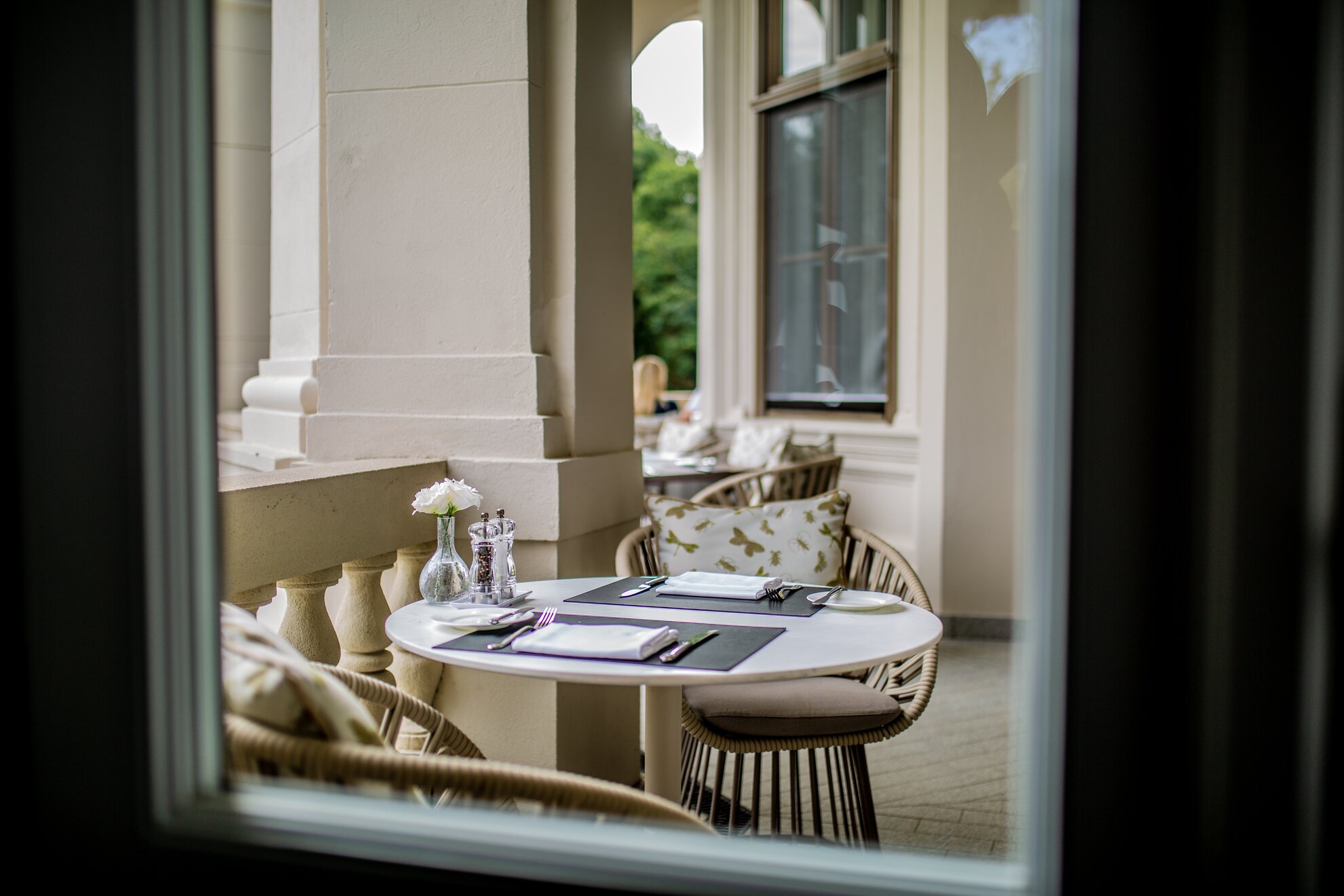
From the outside, the castle shines in its original splendour, but you would look in vain within for original furnishings. After World War II, the whole lot was looted, and the designers did not want to replace everything with disguised copies or selected antiques, so they opted for modern Italian designer artefacts. Those spending the night at a luxury castle hotel may beg to differ, but it's all a matter of taste, of course.
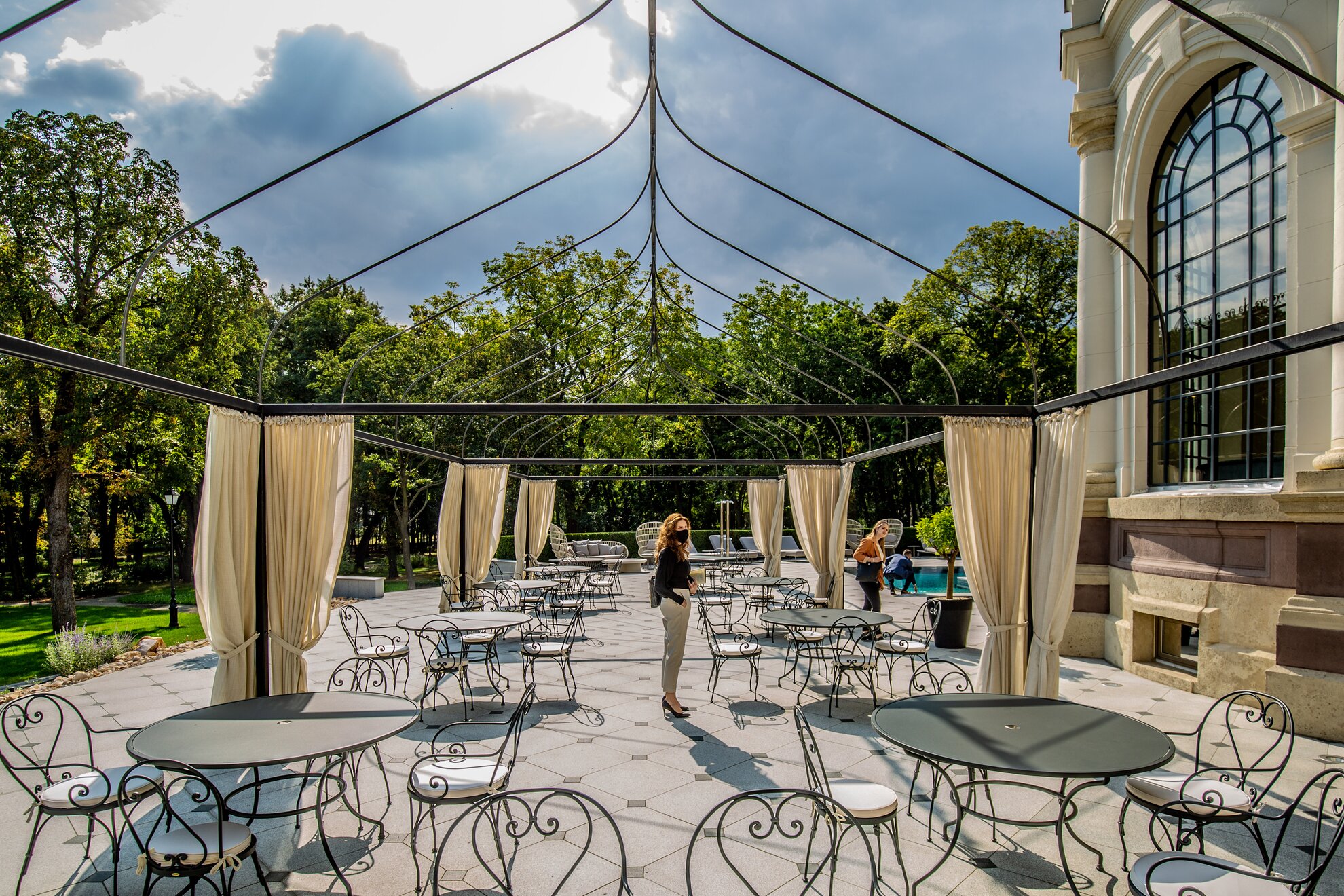
Like the castle itself, the Palm House has also been transformed, a café/bar/events space occupying the ground floor. To make the room and temperature suitable for guests in both summer and winter, the original window frames have been removed and the thin glass panes replaced by one-piece, thicker glass, an iron framework corresponding to the old structure.
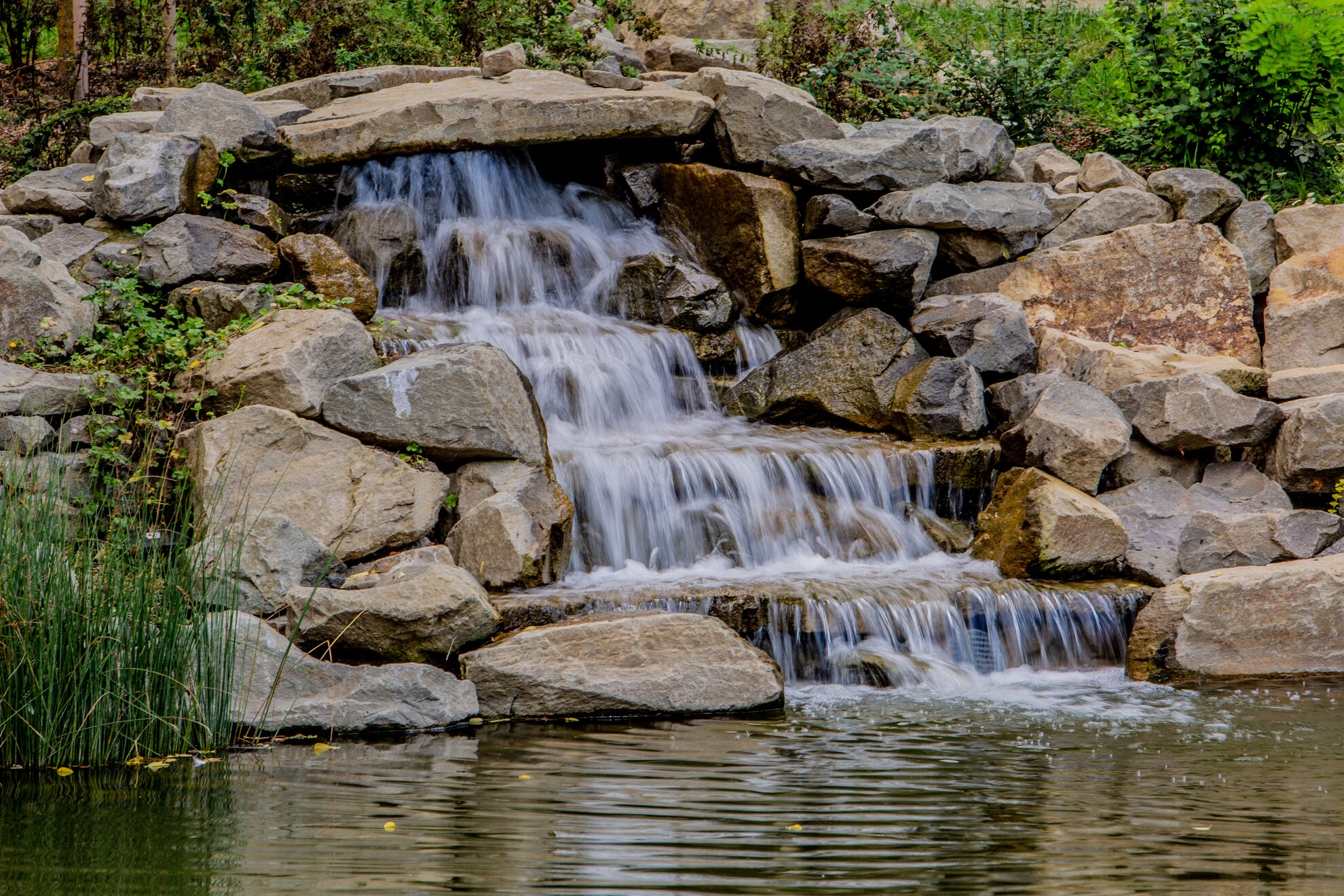
The building is now gleaming white instead of its former yellowish colour. All would seem set for the perfect happy end to the fairy tale, but one only appreciated by those paying top dollar to stay here. Aware of this disparity, the owners saw fit to allow Tura residents to wander around the castle for free this summer.
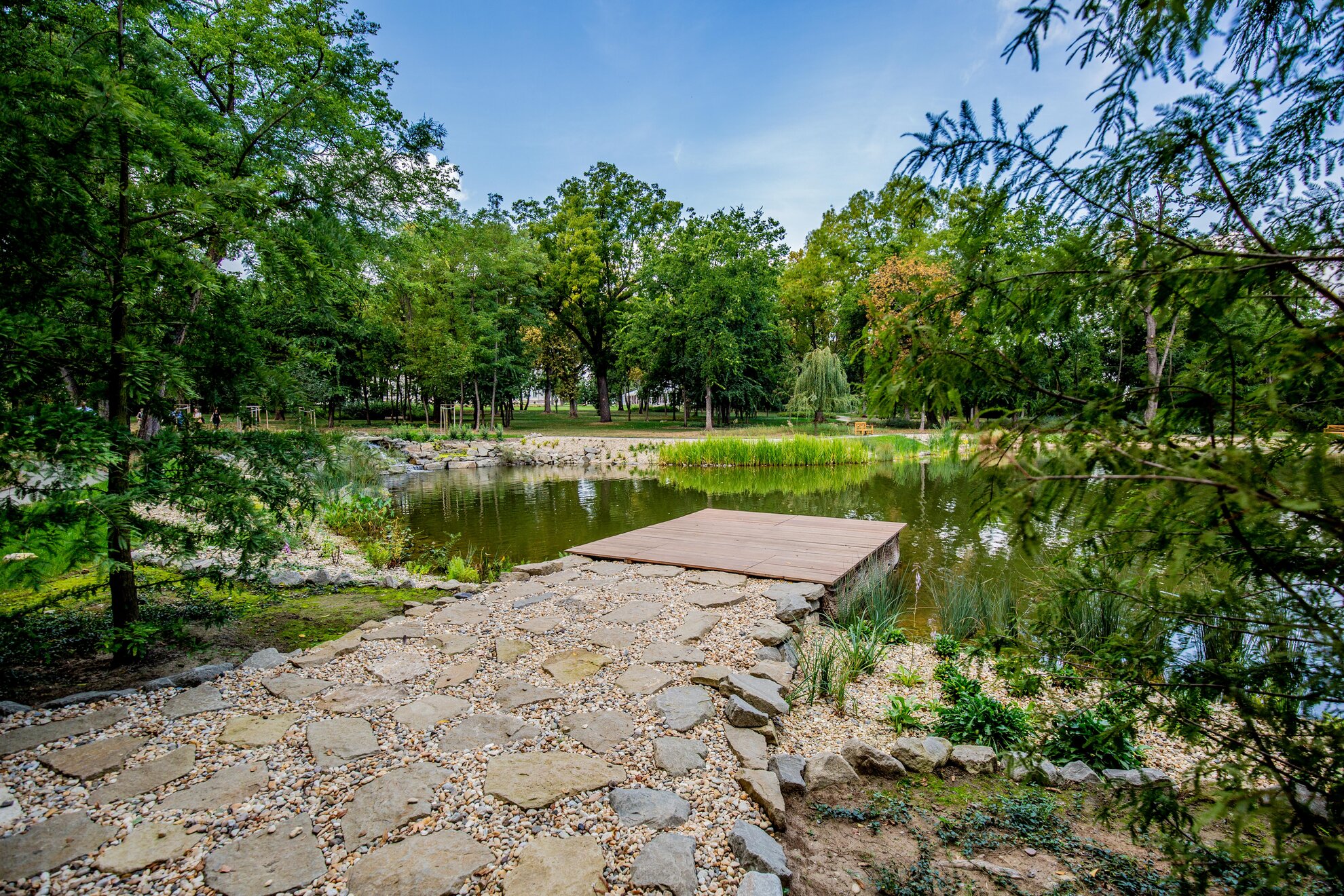
At present, for admission of 2,500 forints, anyone can stroll in the ancient wooded park of ten hectares-plus, and the ticket price also includes a hot drink at the Palm House café at a pre-booked time.
Another new and gratifying development is that they have just advertised a Sunday family lunch with children’s activities, so people in Budapest can come out to admire this historic landmark within its own walls.
Botaniq Castle of Tura
Park utca 37, Tura 2194
